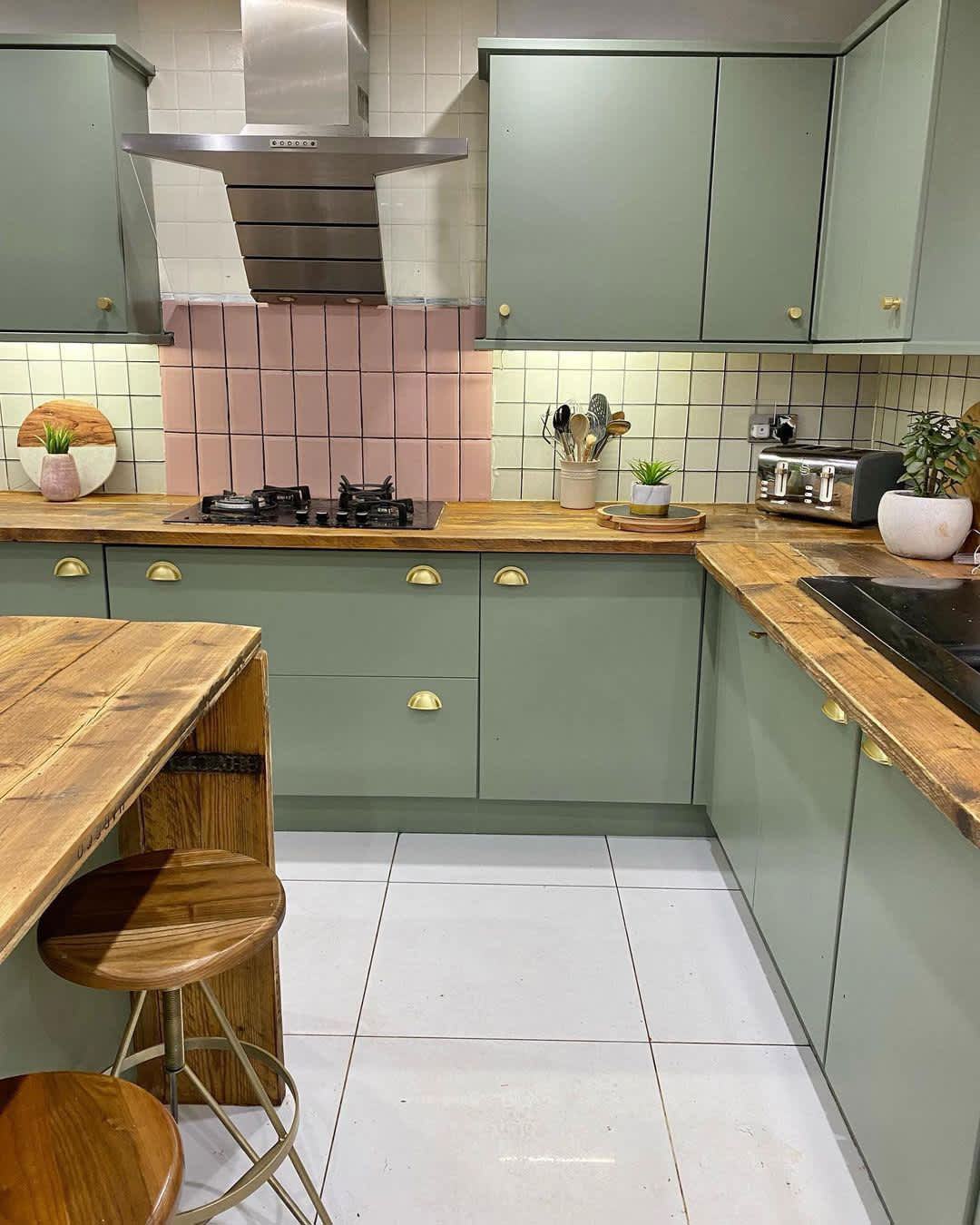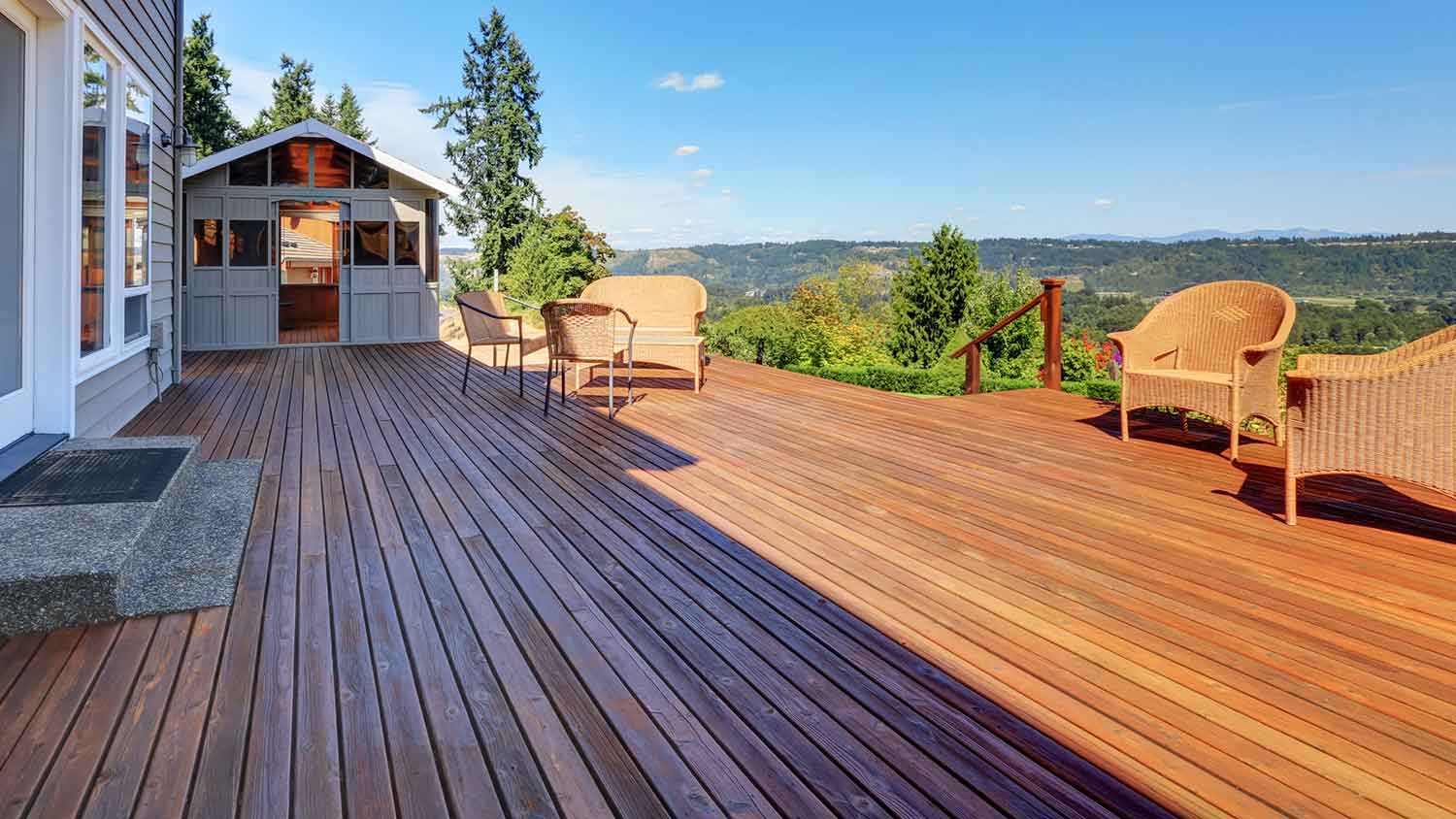
Budget for the cost to paint vinyl siding based on factors such as paint type, square footage, labor, project complexity, equipment costs, and more.
Painting a brick house costs an average of $7,000


Painting a brick house costs an average of $7,000, with most homeowners spending between $3,500 and $10,500. It can cost as little as $2,000 or as much as $13,000, depending on your unique situation and desired finish.
Brick house painting cost factors include home size, paint and primer costs, prep work, and labor.
Hiring a professional to paint your brick house is recommended to ensure expert-level results and a durable finish.
This article was updated using automation technology and thoroughly reviewed for accuracy by HomeAdvisor Editor Ryan Noonan.
Painting a brick house can enhance its curb appeal and protect it from weathering. On average, the cost to paint a brick home is $7,000, with most homeowners spending between $3,500 and $10,500, on average. Key factors influencing the cost include the size of your home, paint quality, and labor, so it's important to budget accordingly.
Expect to pay $1.40 to $4.20 per square foot, with equipment rentals such as a power washer adding another $40 to $150 to your budget.
The total cost of painting your brick house depends on several key factors, and walking through them upfront helps you avoid surprises later.
When you choose paint for brick, focus on a product labeled for masonry so it adheres and lasts. Plan on $30 to $70 per gallon, which is enough to cover roughly 250 square feet. A professional can get an accurate measurement of your home and provide the appropriate amount of paint with little waste.
Paint costs increase as the size of the home increases, including the number of stories. You can expect to pay roughly the following brick paint costs, depending on the size of your home:
| House Size (Sq. Ft.) | Average Cost Range |
|---|---|
| 1,000 | $1,400–$4,200 |
| 1,500 | $2,100–$6,300 |
| 2,000 | $2,800–$8,400 |
| 2,500 | $3,500–$10,500 |
| 3,000 | $4,200–$12,600 |
| 3,500 | $4,900–$14,700 |
Primer runs $7 to $15 per gallon and, like paint, covers about 250 square feet. Depending on the condition of the masonry, you may need to apply a separate primer before you paint.
Applying primer helps seal the surface of the brick so the paint doesn’t soak into it and requires extra coats. There are also some paint options that include a primer. If the brick surface was previously painted, you could use a paint with primer. Otherwise, you’ll need a separate primer for an unpainted brick surface.
You can choose from a variety of brick painting finishes, each with its own associated costs and pros and cons.
Whitewash delivers a vintage look for less than a full paint job. It can be DIY-friendly, but a professional will determine the correct paint-to-water ratio and ensure even coverage.
Limewash leaves some of the original brick peeking through, adding a breathable, chalky layer that brightens the façade without hiding all the texture.
A standard paint job on a brick house costs an average of $7,000 but will chip over time and need repainting every 10 years.
This method costs $1,500 to $3,000 and involves adding whitewash to dark-colored bricks.
The average cost of painting a brick home exterior is $1.40 to $4.20 per square foot. The larger the footprint—and the higher the walls—the more you’ll spend.
Additionally, the number of stories also significantly affects the cost. Painting brick on a multi-story home costs up to 50% more because of the extra labor and equipment, including scaffolding, lifts, and ladders.
Proper prep sets the stage for paint that lasts. The average cost of power washing equipment and chemicals is $35 to $100 per project. A power washer and mild cleaning agents may be required to properly prepare the surface to receive a paint application.
For stubborn stains, a pro may add trisodium phosphate (TSP). After washing, the brick needs 24 to 48 hours to dry completely before paint goes on.
Professional exterior painters charge $150 to $350 per hour for planning, prep, caulking, setup, and clean‑up. Multiple stories, overhanging trees, and other accessibility challenges will make the job take longer and will increase your labor costs.
Labor rates fluctuate with the local cost of living, so your ZIP code matters. The best way to determine the labor cost near you is to ask local professionals and get a few quotes.
Weather also plays a big factor in the cost of painting a brick house. Damp and cool weather can create delays and extend the drying time of the paint job, increasing labor costs for the project. When planning for this project, pick a span of days without rainfall in the weather forecast. Summer and fall are the ideal seasons to paint a brick house due to the warmer weather.
You may be tempted to tackle brick painting yourself, but remember—it’s permanent, and mistakes are hard to hide. You’ll need to budget for tape, paper, repair materials, cleaning chemicals, and disposal fees—items a pro usually rolls into one quote.
Additionally, DIY gear isn’t cheap: renting a ladder or scaffold runs $130 to $160 each, and a power washer adds $35 to $100 per day.
If you’d rather skip the ladders and guarantee an even coat, let a local exterior painting pro handle the job. They’ll get your brick house painted efficiently and safely and will deliver a durable, high-quality result.
No place is more important than your home, which is why HomeAdvisor connects homeowners with local pros to transform their houses into homes they love. To help homeowners prepare for their next project, HomeAdvisor provides readers with accurate cost data and follows strict editorial guidelines. After a project is complete, we survey real customers about the costs to develop the pricing data you see, so you can make the best decisions for you and your home. We pair this data with research from reputable sources, including the U.S. Bureau of Labor Statistics, academic journals, market studies, and interviews with industry experts—all to ensure our prices reflect real-world projects.
From average costs to expert advice, get all the answers you need to get your job done.

Budget for the cost to paint vinyl siding based on factors such as paint type, square footage, labor, project complexity, equipment costs, and more.

Budget for fence painting costs based on factors such as fence height and length, number of coats, stain vs. paint, fence type, labor, and more.

Learn who to hire to paint kitchen cabinets and when to call a contractor. See the process, timeline, and costs before you book

Wondering who can refinish a deck? Learn when to hire a deck refinishing service, compare other pro options, see steps and costs, and plan your project.

The cost to paint the exterior of a house depends on the size of the area, the siding material, and the paint type. This guide breaks down exterior painting costs to help you budget.

Use this guide to budget for deck painting costs based on factors like deck size, deck condition, paint type, professional labor, and more.